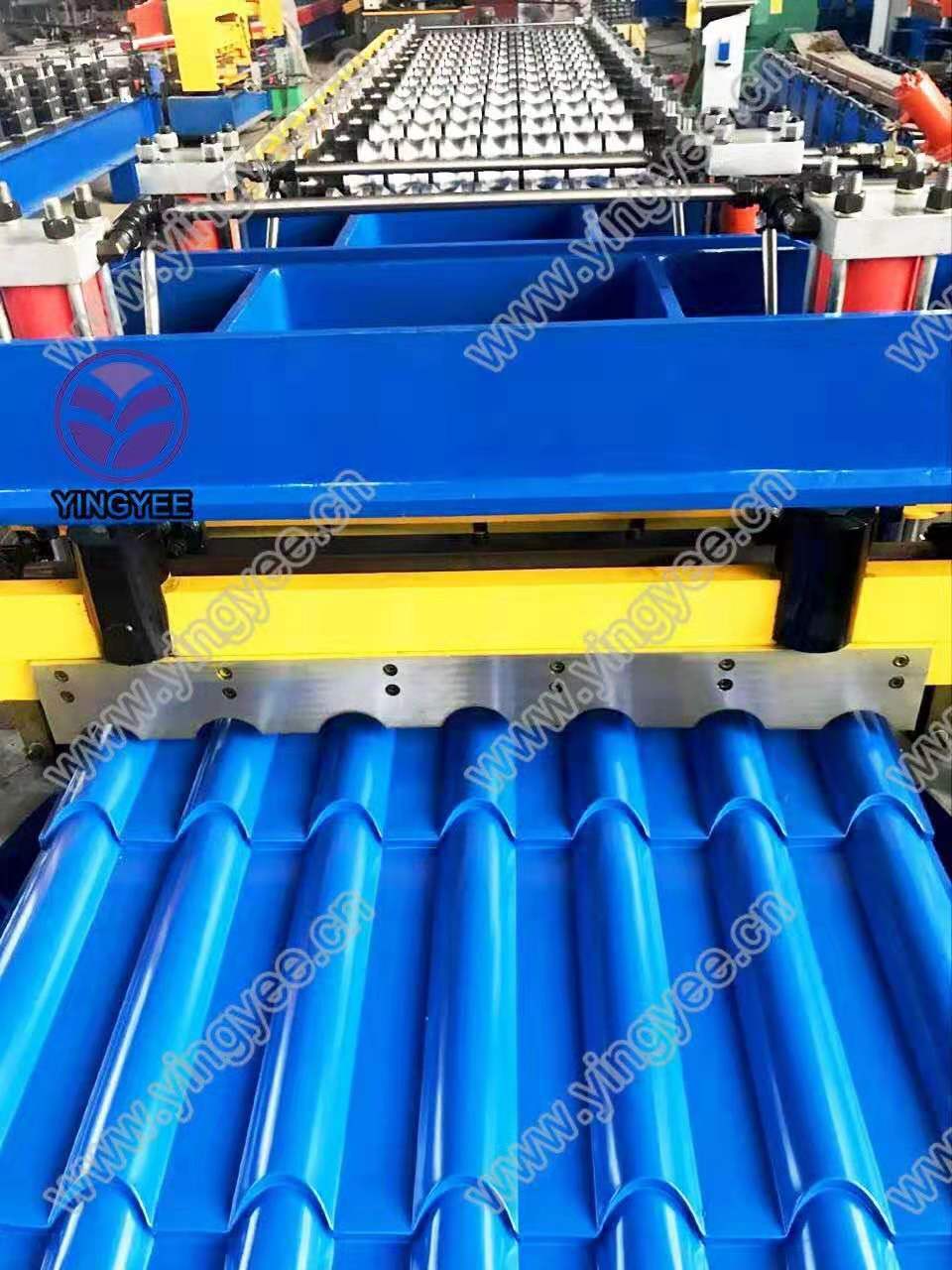
Understanding ERW Tube Mills An Overview
Electric Resistance Welding (ERW) tube mills play a crucial role in the production of welded steel tubes and pipes that serve various industries, including construction, automotive, oil and gas, and manufacturing. The ERW process has gained immense popularity due to its efficiency, versatility, and the high quality of the products it generates. This article provides an overview of ERW tube mills, their operation, advantages, and applications.
What is an ERW Tube Mill?
An ERW tube mill is a manufacturing facility designed to produce longitudinally welded tubes and pipes from coiled steel strips. The process involves several steps that transform flat sheets into cylindrical shapes. The core principle behind this technology is the use of electric resistance to heat the edges of the metal strip, allowing them to fuse together without the need for additional welding materials.
The ERW Process
The operation of an ERW tube mill can be summarized in several key stages
1. Coil Preparation Steel strips are unwound from coils and passed through various cleaning and leveling machines to ensure a smooth surface. This preparation is vital as it affects the final quality of the product.
2. Forming The flat steel strip is then formed into a cylindrical shape through a series of rollers. This section of the mill is crucial as it precisely shapes the strip into a closed loop.
3. Welding The edges of the formed strip come together at a designated welding station, where electric current is applied. The resistance generated by the current heats the edges to a molten state, enabling them to bond together upon cooling.
4. Sizing and Cooling Once welded, the newly formed tube passes through sizing sections that ensure it meets specific diameter and thickness standards. Cooling is essential to stabilize the weld joint.
5. Cutting and Finishing The continuous tube is cut into desired lengths through automated cutting systems. Additional finishing processes, such as deburring, may be employed to ensure a smooth surface.
Advantages of ERW Tube Mills
ERW tube mills offer several advantages over traditional welding techniques

- Cost Efficiency The process requires less energy and material, resulting in lower production costs. The automation of the process further reduces labor costs.
- Speed The rapid production rates of ERW mills allow manufacturers to meet high demand conditions. This speed also helps in reducing lead times for customers.
- Quality The ERW process produces consistent and high-quality tubes, with strong welds that are less prone to defects compared to traditional welding methods.
- Versatility ERW tubes can be manufactured in a wide range of sizes and thicknesses, making them suitable for various applications across different industries.
Applications of ERW Tubes
ERW tubes are used extensively in several applications, including
- Construction These tubes are employed in structural applications such as scaffolding, frames, and girders.
- Automotive ERW tubes are used in automotive parts, including chassis and exhaust systems, due to their lightweight and strength.
- Oil and Gas In the oil and gas sector, ERW pipes are critical for conveying fluids and gases from extraction points to processing facilities.
- Manufacturing Numerous manufacturing industries use ERW tubes for making a variety of products, from furniture to machinery.
Conclusion
In summary, ERW tube mills represent a significant advancement in the production of welded tubes and pipes. The combination of efficiency, cost-effectiveness, and high-quality output makes them indispensable in modern manufacturing. As industries continue to evolve, the demand for ERW pipes and tubes is expected to grow, further solidifying their role in various sectors. Understanding this technology not only highlights its importance in manufacturing but also paves the way for innovations in engineering and design for future applications.